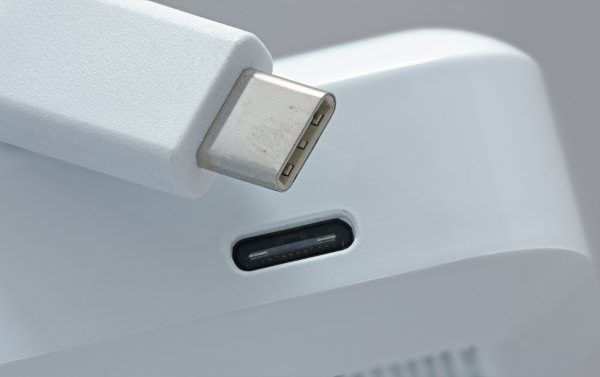
USB-C is the new kid on the block, the latest advancement in USB technology. It's more than just a mere upgrade to the USB cables and chargers you've used in the past: it's a major gamechanger for electronics! If you're wondering why this new USB type is a big deal, read on as we break down everything you need to know about USB-C.
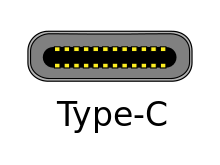
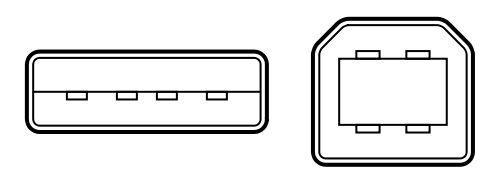
It's Not A New Standard
An important thing to keep in mind about USB-C is that it is NOT a new USB standard. It isn't like USB 1.1, 2.0, 3.0, or even 3.1. Those are upgrades to the USB standard that are focused on redefining and expanding what the USB connection can do in terms of transfer speeds and feature improvements. Those USB upgrades deal with improving the “guts” of the connection.
USB-C is a bird of a different feather; it's all about the USB's physical connection. It's an improvement on the USB's ability to interface with other devices, eliminating the need for micro and mini USBs with its reversible connectors.
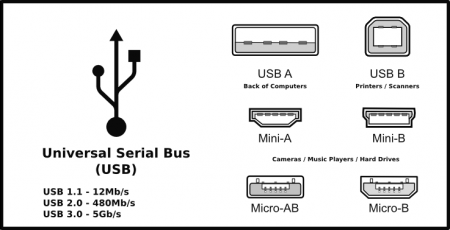
USB-C Is Reversible
The big innovation behind USB-C is the fact that it's reversible. What that means is that BOTH ends of the USB can connect to the host or peripheral device. If those terms aren't familiar to you, here's a quick breakdown:
- Host Device: This is usually a desktop computer, laptop, gaming console, media player or other electronic device that can connect to a computer network.
- Peripheral Device: This is a device that's used to put information into and get information out of a host device. Flash drives, digital cameras, keyboards, and just about anything you can plug into a desktop computer or laptop would be considered a peripheral device.
For older USB models, figuring out which end goes into which device can be a headache. Typical USB cables have a Type-A connector and a Type-B connector. Type-A connectors are the part of the cable that connects into the host device, while the Type-B links up with the peripheral. Where this can get tricky is that peripheral devices come in all different shapes and sizes, which can necessitate different designs for the Type-B connector. It's why mini and micro USB variants exist.
With the reversible ends of the USB-C, that won't be a problem anymore. The USB-C is designed so either end can fit with ease into a peripheral or host device outfitted with a USB-C port. If you've got a USB-C device, all you need is a USB-C cable. No adapters or variants required.
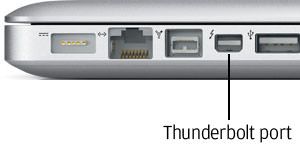
It's (Sometimes) Compatible With Thunderbolt
Another thing that distinguishes the USB-C from its predecessors is that the Thunderbolt 3 uses a USB Type-C connector. The Thunderbolt is an Apple-exclusive technology that is up to four times faster than USB 3.1. It's ideal for doing lightning fast large file transfers for Apple users. Thanks to its USB-C compatibility, it has all the added benefits of USB-C and is also reversible.
One thing to remember, though, is that the Thunderbolt is not fully interoperable with Type-C. In order for Thunderbolt to work, it requires specific circuitry in the cable itself. It's also important to keep in mind that while Thunderbolt is compatible with USB-C, USB-C isn't necessarily compatible with Thunderbolt devices. Always do your homework before buying new chargers and devices, to make sure that you have the right connectors on hand.
It's Becoming More Widely Available
USB-C isn't everywhere yet. The USB Type-A is still the most commonly available format. That being said, USB-C is quickly building in popularity and is being readily adopted by many device and phone manufacturers. Google has already integrated it into their Pixel and Nexus phones. USB-C is also available on Samsung, HTC, and LG phones. Most Android phones hitting the market now are USB-C compatible. Within the next three years, USB-C should be the standard port on the vast majority of devices.
No More Jacks
One big reason for why the USB-C is becoming such a big hit with phone manufacturers is that it can be used to replace headphone jacks. The big design trend with phones is to create slimmer and more compact models. The problem is that, prior to the creation of USB-C, you can only thin phones out to a certain point. Headphone jacks require a certain amount of space on your phone, which means that phone designers were restricted in terms of how slender they could make their devices. Thanks to the USB-C port, cell phone manufacturers can now create more innovative and narrower models.
Backwards Compatible
One of the most common questions surrounding this new format is whether or not it's compatible with older formats. That's a “yes and no” question. Yes, USB-C cables can be used with older USB variants, provided that you have the proper adapters.
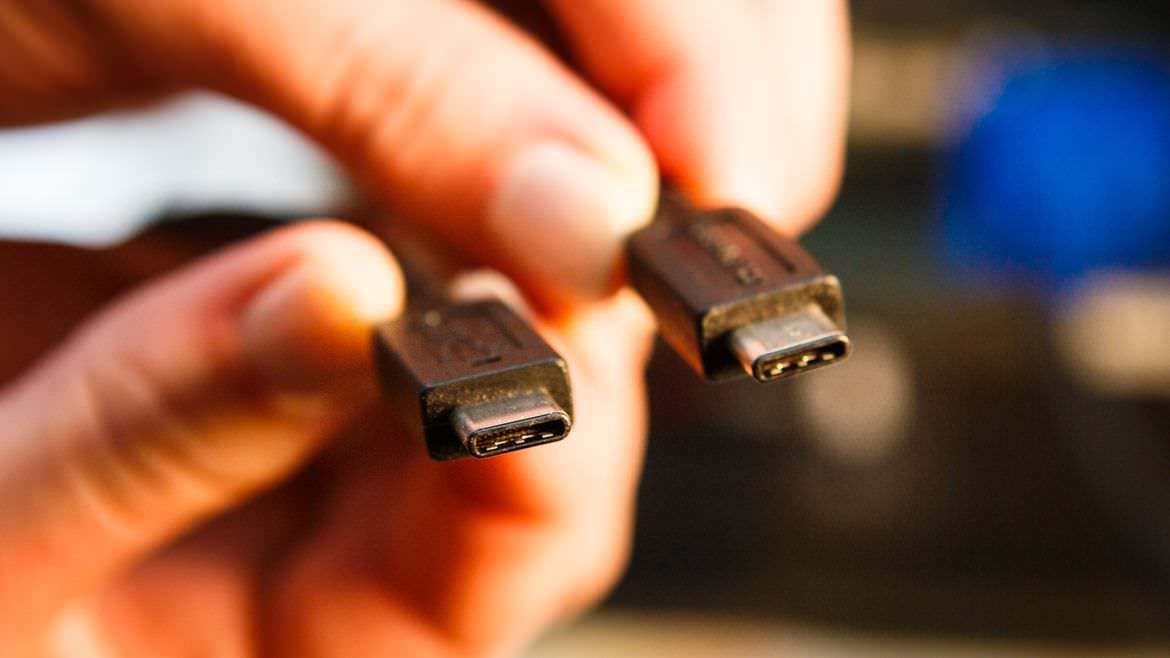
Bi-Directional Power
The USB-C is reversible in more ways than one. Not only is it reversible in terms of its physical connectors; it's reversible in its energy flow! The USB-C is able to charge a host device using a peripheral device, which is a feat that older USB models were incapable of. This is where the USB-C really shines: it's a one-stop shop for all your cable and charging needs! You don't have to carry around any extra chargers - you can use the bi-directional power of your reversible USB-C to charge up your host device with your peripherals.
A Brief Caveat
While the USB-C has a lot of great things going for it, it does also have an issue you should watch out for. Because it's still such a new technology, that means it isn't as regulated and refined as older USB models. Older USB models have had their voltage levels set to a certain safety standard that all device manufacturers have to adhere to. This isn't the case yet with USB-C. Manufacturers don't have the same kind of regulations in place for USB-C yet, which means that some companies can produce USB-C accessories that use unsupported voltage levels.
You may wonder why that's a bad thing, so let us break it down for you. Using a USB-C accessory with unsupported voltage levels is dangerous because it can FRY host devices. Another issue caused by the lack of regulation is that some USB-C models are a little fragile and don't hold up well to wear and tear. That issue is steadily improving, though, as the technology is being refined.
Before you start panicking about buying USB-C accessories, here's some good news: websites like Amazon are aware of these issues and taking proactive action. Amazon and other online realtors have already started banning certain USB-C cables from their stores to cut down on these compromising USB-C accessories, and most brick-and-mortar electronic stores only carry USB-C tech that's proven to be reliable.
Another positive sign that the tide is turning on USB-C regulation is that the USB Implementers Forum has enacted new protocols that will allow a device to protect itself by authenticating the USB-C cables it is connected to. The protocols make it so that the device won't accept a charge until it has verified that the USB-C cable is safe. The protocols are still being rolled out onto the market, though, so not all USB-C compatible devices are equipped with them yet.
In Conclusion
USB-C is a major gamechanger in the USB world, and will be a major technology for both consumers and product developers to contend with for years to come. If you've got questions about this USB innovation, we've got answers. Drop Premium USB a line and we'd be happy to share our thoughts on this remarkable technology.
